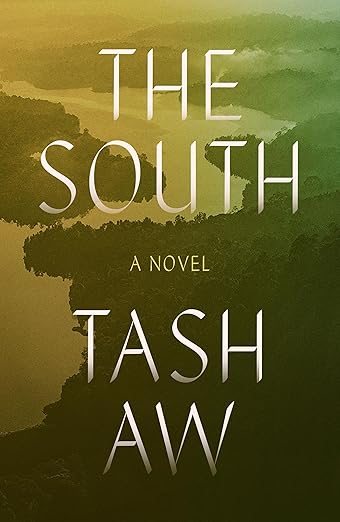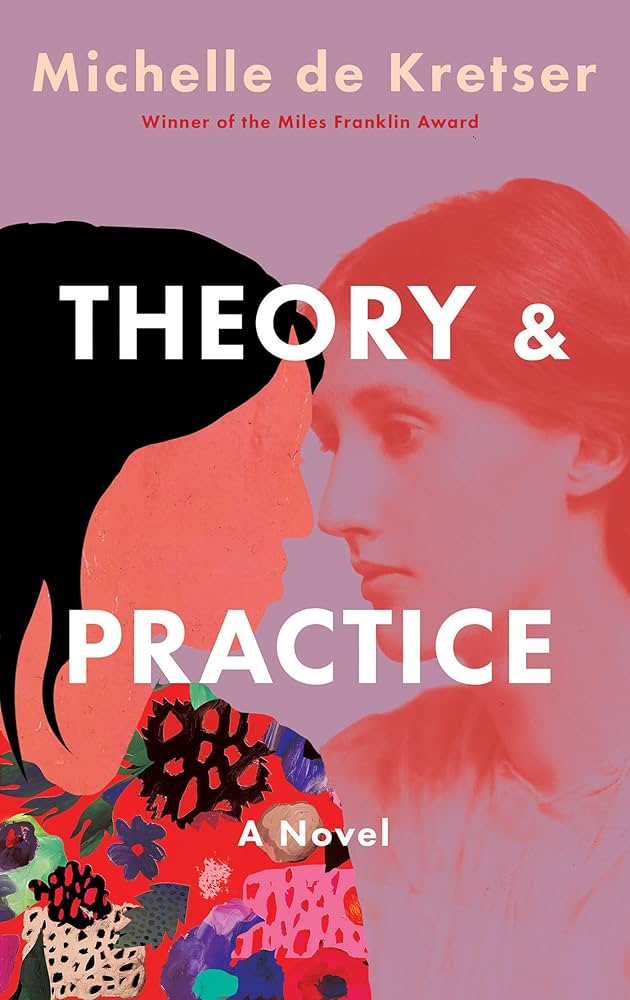Book by ALICE MUNRO
Reviewed by
 The fourteen stories in Alice Munro’s latest collection, Dear Life, are terser than her stories of a decade ago. Her 2001 collection, Hateship, Friendship, Courtship, Loveship, Marriage, nearly identical in length, contained only nine. Many of the new stories trace characteristically oblique paths. Munro draws opening scenes with particular details that seem intended to alert the reader to crucial moments and relationships, and then, instead of continuing those relationships chronologically, she sidesteps to previous events, or heads off in directions not initially suggested. Some stories traverse so many years that their openings, while always fitting, no longer seem the only possible entry points. Often, sections slip into others by association rather than cause and effect or chronology; in “Gravel,” a dog, mentioned in passing, turns out to be central.
The fourteen stories in Alice Munro’s latest collection, Dear Life, are terser than her stories of a decade ago. Her 2001 collection, Hateship, Friendship, Courtship, Loveship, Marriage, nearly identical in length, contained only nine. Many of the new stories trace characteristically oblique paths. Munro draws opening scenes with particular details that seem intended to alert the reader to crucial moments and relationships, and then, instead of continuing those relationships chronologically, she sidesteps to previous events, or heads off in directions not initially suggested. Some stories traverse so many years that their openings, while always fitting, no longer seem the only possible entry points. Often, sections slip into others by association rather than cause and effect or chronology; in “Gravel,” a dog, mentioned in passing, turns out to be central.
In Munro’s longer, denser, mid-career stories—roughly, from the mid-1980s through 2001—such structures gave key moments a quality of waves breaking after traveling a long way under the surface. They were often realizations rather than physical events or even shifts in relationships, and trailed more tangible crises. In 2001’s “Post and Beam,” Lorna, a young mother, fearing her sister has killed herself while Lorna and her somewhat overbearing husband are away, superstitiously makes a bargain with God or the universe, and only afterward, when all is well, remembers it. Feverishly, Lorna realizes that her bargain is “already in force,” and that it is to go on living as she has been. Only then does she articulate that she had thought of her marriage “as one big change but the not last one.” The cascading realizations, detached from events, seem aphoristic, valid not only for the story but for the reader. Yet they are so stark compared to the ordinary, sunny day outside—everyone safe, and Lorna’s original fear come to nothing—that Lorna might seem hysterical if Munro, in one of her signature leaps in time, didn’t indicate her realizations’ lifelong consequences.
The stories in Dear Life clip toward more abrupt endings, with much detail and context peeled away. They may seem thinner to readers expecting Munro’s former intricacies and interiority. Thrillingly, though, they allow her to convincingly explore different types of characters, less prone to introspection, and different pivotal moments that lead less to rumination than to bluntly physical consequences and lives instantly, fundamentally upended. Not that Dear Life’s stories solely concern event. But where 2001’s “Family Furnishings” recounts decades of family history over more than thirty pages by way of correcting the narrator’s impression of a single image,Dear Life’s chronological corkscrewing happens at times not between episodes but from one sentence to the next. Particularly in the final four, more autobiographical stories, events seem to change as they’re narrated. Munro’s process of revisiting impressions and discovering overlooked drama has never been so clear. If, as she commented in an interview with The New Yorker’s Deborah Treisman, Dear Life is to be her final book, it is a fully fitting one.
Dear Life traverses familiar Munro subjects. A trip from Vancouver to Toronto in “To Reach Japan,” and westward in “Train.” Fading towns in western Ontario. Fading memory and faculties, the fear of both. Most of the stories are frankly retrospective, told from an unspecified present. Or mostly unspecified—the narrator of “Gravel,” in the story’s concluding, present-tense section, refers to sending an email. The reference slips past, quick as a note or a phone call, notable mostly for being so rare in Munro’s fiction. Other period references stand out more substantively. Munro makes great use of trains (fiction writers everywhere should advocate for passenger rail; no other mode of transportation has such possibilities for random interactions, unexpected stops, and hiding places). Few of the stories’ earliest chronological points are after 1970. Several stories take place primarily during or just after World War II. In the Canada of those years, women’s constricted possibilities, the judgments they face, and male presumption, are as much facts of life as the weather. The cumulative impression is of the years since as aftermath, and a past still present to those who lived it.
In relaying the past, Dear Life’s sentences do a great deal of reframing: first a declarative statement, then a qualification. The lovely, final title story begins: “I lived when I was young at the end of a long road, or a road that seemed long to me.” Munro often uses emdashes for small clarifications, as she does relating a party in “To Reach Japan”:
He said he was not that kind of a journalist. Visiting in this house with his son and daughter, grandchildren of the hosts. They—the children—had been passing out the drinks.
Munro could have simply written, “the children had been passing out the drinks.” By hinting that the journalist made a remark (“They’ve been passing out the drinks”) that is not in the story, she suggests that the narrative is being reconsidered as it is presented. She gives what could otherwise register as simple, even unnecessary, explanation—the conversation occurs before the story’s opening scene—a quality of being reconsidered by the narrator for the reader’s benefit just as the reader comes upon the passage. The sense of involvement transports the reader out of the timeline established by the story’s opening scene, which comes to seem, as it does for the story’s main character, more remote than what precedes it.
In “Amundsen,” one of the most affecting of Dear Life’s stories, a young teacher arrives at a sanitarium in the Ontario bush to teach children with TB, in the late days of World War II. The sanitarium doctor invites her to his house in the neighboring town of Amundsen for dinner, and then a second dinner. They sleep together, get engaged—“he was a little wary of the word,” the narrator says—and the demeanor of the sanitarium nurses towards her changes. “It did not quite occur to me that these older women were watching to see what turn this intimacy might take,” she writes.
In commenting on her past state of mind, the narrator indicates that she is not relating events and her thoughts as they happen but from a great remove, still attempting to understand her past. Or she may be unable to relate anything else. With typical subtlety, the comment also repositions the reader, letting us know that we aren’t in 1945 with the young teacher, as we might have assumed until that point. We’re in the present with the much older narrator. As long as she continues telling, the story’s clock keeps ticking. Events can come in the order they occur to her. Mostly, she keeps to chronology, but uses her leeway to tell us her reaction to the relationship’s unraveling before she relates the jilting. The sequence is a feat of narrative sleight of hand: by indicating the distance from which the story is being told, Munro lets us experience the event, while conveying that, years later, the shock is no less immediate or intense.
In Dear Life, more stories than in previous collections proceed to or orbit single, pivotal moments. “Amundsen” gives only the barest details of the narrator’s subsequent life. In “Gravel,” a dissolving marriage and an affair set up the conditions for the accidental death of a child. In 2000’s “Nettles,” a child’s death is also pivotal, but happens offstage. The child is never shown in-scene, and his death is one of many dramatic elements: the possibility of an affair, the narrator’s childhood history, and the dissolution of a marriage and of a friendship. In “Gravel,” the death precludes much else. Sometimes lives halt, or one aspect of them seems to halt the rest. Dear Life’splot twists are less lurid than some in Munro’s previous collection, Too Much Happiness, with its triple murderer stopping at a woman’s isolated house, and its children drowning a classmate. They have little exposition to buffer them. “Gravel” feels honest and unarranged for dramatic effect, though it is exquisitely arranged. (The family dog mentioned by-the-by early on unwittingly enables its pivotal scene). Recalling the scene as an adult, the narrator is most precise in relating her inability to say, definitively, what happened—“I might have been”; “[i]t doesn’t seem quite right”; “I may have said that or I may have just stood there.” Her telling, her reconstruction of the past, is as fraught as the event itself. We can revisit and relate, Munro seems to say—there is a great deal of “seems” in Dear Life—but events, stubbornly, irrevocably, have still transpired.
Many of Dear Life’s characters are not reflective people. “All the eviscerating that is done in families these days strikes me as a mistake,” says the narrator of “Gravel.” Stories end abruptly, with narrators’ pronouncements. “So that’s the way they’re going to leave it. Too late to do another thing,” ends “Corrie”—a hardscrabble benediction.
The last four stories—“not quite stories,” Munro calls them—have been much discussed in light of her statement that they are “autobiographical in feeling, though not, sometimes, entirely, in fact. I believe they are the first and last—and the closest—things I have to say about my own life.” What to make of such reframing and qualification?
The stories are all beautiful and harrowing. In “Night,” perhaps the darkest of the four, Munro relates events of the summer after she had her appendix out:
I don’t remember being in quite the same way in any other time of my growing up. I did some chores in the house, but my mother must have been well enough, as yet, to handle most of that work. Or perhaps we had just enough money at the time to hire what she—my mother—would call a maid, though everybody else said hired girl.
There again we have the emdashed modifier, suggesting Munro is reading along with us and clarifying as she goes, and the flurry of qualifiers: “must have been,” “or perhaps,” and the hints of what’s to come. Then for the entire next page, Munro disassembles what she has set up until she arrives at the core element of the memory:
It must have been just that every moment of the day was not filled up with jobs, as it was in summers before and after.
So maybe that was the reason I had begun to have trouble getting to sleep.
She simultaneously gives credence to and mistrusts her sense of the past. Even a faulty impression is important, because it’s what stayed with her. Revisiting it, she finds what shaped her, and what she missed. In these final four stories, I hear echoes of her early masterpiece, “Dance of the Happy Shades” (1961), and of “Friend of My Youth” (1990), in which the narrator returns to her mother’s stories, seeking understanding, and ends with a chilling anecdote about a minister in the obscure Protestant sect to which her mother’s friend belonged—not a minister anyone in the story could have known, or, possibly even known of, for he lived in the seventeenth century, and “in a mood of firm rejoicing at his own hanging, excommunicated all the other preachers in the world.”
Munro, while in quotidian details more given to explanation than many contemporary fiction writers, preserves the mystery of her digressions. I hear time in those white spaces, between sections, between things held onto for dear life by people gone or nearing the end of their lives. In Dear Life’s short declarative sentences, its evocations of small-town gossip, its not-quite repetitions, I hear sorrow and amazement. Ground long referred to as “Munro Country,” that each visit changes.
Sarah Malone has published work in Five Chapters, PANK, The Collagist, The Awl, Open City, and elsewhere.



